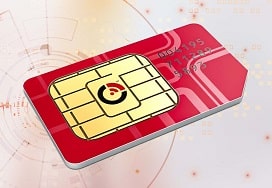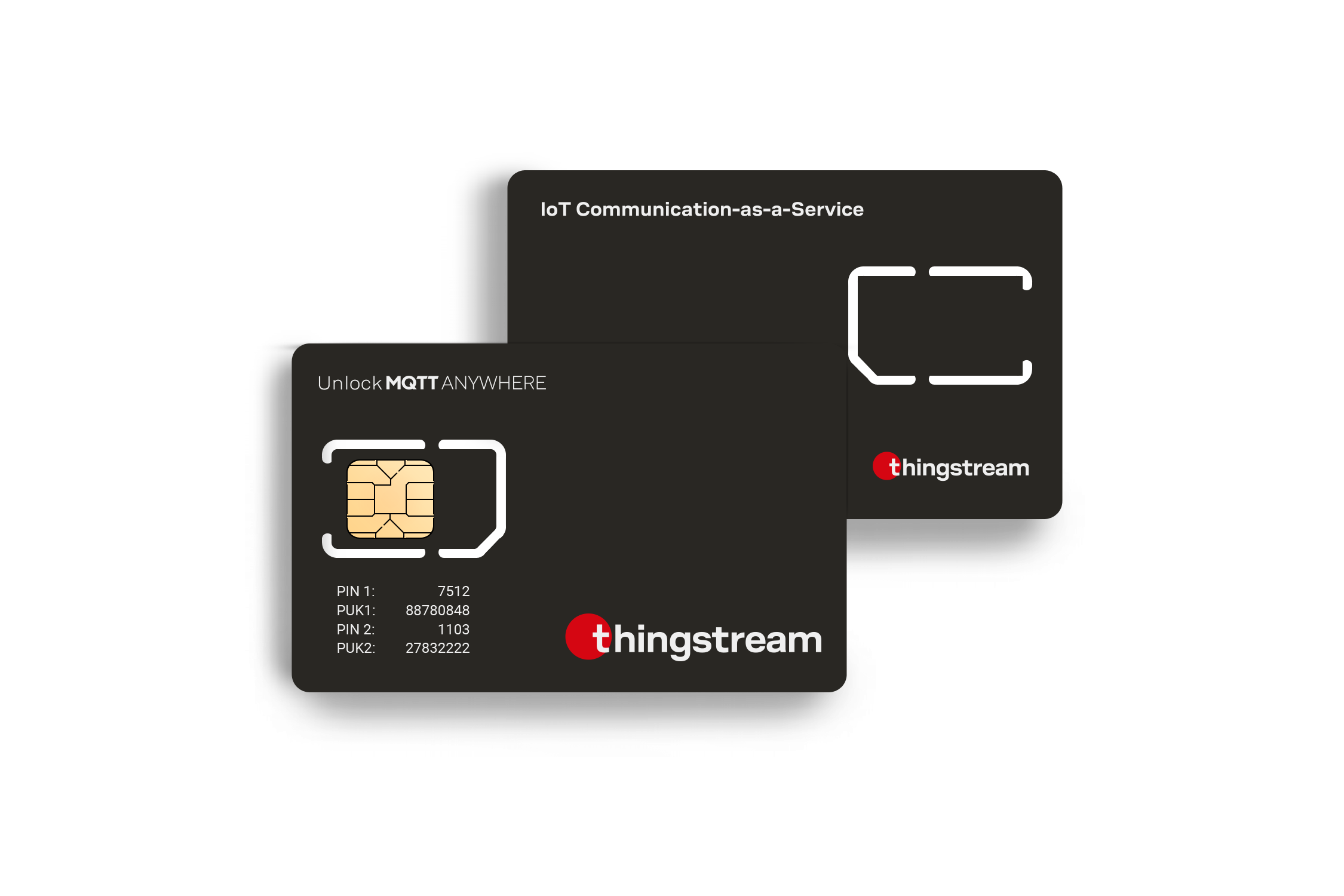Remotely Access Iot Devices Web Free IoT Devices and Sensors Overview
Remotely Access Iot Devices Web Free IoT Devices and Sensors Overview
Blog Article
What Is Iot Devices IoT Technologies Explained Overview
The fast expansion of the Internet of Things (IoT) has made it important to establish standardized connectivity protocols to permit gadgets to communicate seamlessly. Various standards and protocols have emerged, they usually cater to completely different requirements, similar to energy consumption, data fee, range, and complexity. Each protocol presents distinct benefits and downsides, making it essential for developers and corporations to judge their specific needs when choosing one.
One distinguished standard within the IoT landscape is MQTT (Message Queuing Telemetry Transport). MQTT is lightweight and designed for low-bandwidth and high-latency environments. Its publish-subscribe mannequin permits environment friendly communication between gadgets and is perfect for applications in house automation or distant monitoring. However, its dependency on a central dealer can introduce a single level of failure, making resilience a consideration in its implementation.
In distinction, CoAP (Constrained Application Protocol) goals to allow smaller, constrained devices to communicate over the web. Utilizing a RESTful architecture just like HTTP, CoAP is designed for low-power and lossy networks. This makes it appropriate for purposes requiring environment friendly system communication in constraints of reminiscence and processing energy, like smart agriculture. While CoAP helps multicast, which permits a single message to achieve a quantity of recipients, it doesn't inherently handle long-lived connections like MQTT does.
Remote Connect Iot Devices Examples Internet of Things Examples Explained
Zigbee is one other instance of a normal regularly employed within the IoT sphere, notably for house automation. Operating in the 2.4 GHz band, Zigbee creates mesh networks that allow devices to communicate whereas extending their vary by way of different related units. Its low power consumption is beneficial for battery-operated devices, but the information fee is significantly lower than Wi-Fi or other wired technologies, which limits the amount of knowledge that can be transmitted successfully in actual time.
LoRaWAN (Long Range Wide Area Network) is particularly significant for applications requiring long-range communication capabilities. Operating in sub-GHz frequency bands, LoRaWAN can connect devices over distances of a quantity of kilometers whereas consuming minimal power. This makes it ideal for rural applications such as precision agriculture and environmental monitoring. However, it usually helps low data charges and is much less efficient for time-sensitive applications the place instant knowledge transmission is crucial.
NB-IoT (Narrowband IoT) is a cellular expertise designed to help a variety of IoT connectivity needs. With elevated coverage, NB-IoT offers deep penetration into buildings and underground areas, often outperforming conventional cellular networks. Its efficiency in terms of energy consumption and data transmission makes it well-suited for smart metering and different steady-state functions. The downside, nevertheless, is the reliance on cellular infrastructure, which can contain additional costs.
Another noteworthy protocol is Bluetooth Low Energy (BLE). BLE is optimized for short-range communications and low energy utilization, making it perfect for personal area networks. It is especially in style in wearables and health monitoring devices. However, the limited vary can pose challenges for functions requiring long-distance connectivity, making it much less suited for commercial IoT purposes like smart cities.
Smart Iot Devices Overview of Internet of Things

When considering the operational environment, totally different protocols strategize their connectivity. For occasion, Sigfox is designed for excessive energy effectivity, using a singular know-how that prioritizes low information charges over intensive protection. This works properly for you can try here units needing to transmit small amounts of knowledge occasionally, similar to monitoring units. However, the trade-off comes within the form of limited data rate and potentially larger latency.
Another important side of IoT connectivity standards and protocols comparability is safety. Many protocols implement varying degrees of security measures. For instance, protocols like TLS (Transport Layer Security) can be leveraged with MQTT to enhance information integrity and confidentiality. In distinction, other protocols may have built-in security measures, while some require additional layers to make sure safe communication.
Access Control Iot Devices IoT and Privacy Issues Overview
Interoperability additionally performs an important role in protocol choice. As IoT units proliferate across varied industries, making certain gadgets can talk irrespective of their producers can mitigate future compatibility issues. Protocols that adhere to established standards tend to offer better interoperability, thus easing integration efforts throughout totally different platforms.
The panorama of IoT connectivity is evolving, reflecting the varied needs of industries starting from healthcare to manufacturing. As more gadgets become interconnected, the demand for environment friendly, secure, and dependable communication continues to grow. Each protocol carries its distinctive set of characteristics; thus, companies must conduct thorough evaluations of their use circumstances to ensure optimum performance whereas considering future scalability and flexibility.
Iot Devices Raspberry Pi Key IoT Applications Overview
In conclusion, while there isn't a one-size-fits-all solution relating to IoT connectivity standards and protocols, understanding the comparisons can information developers and firms in making educated decisions. Factors like operational necessities, security issues, and potential use circumstances come into play when evaluating which protocol suits greatest. The realm of IoT is rising and evolving, making it essential for business gamers to stay informed on the most recent developments and rising have a peek at this site standards to maintain up aggressive advantages and meet increasingly complicated demands.
- Various IoT connectivity standards embrace Wi-Fi, Bluetooth, Zigbee, and LoRaWAN, every tailor-made for specific use cases and operational wants.
- Wi-Fi is thought for its high data transfer charges, making it perfect for purposes requiring substantial bandwidth, corresponding to video streaming, nevertheless it consumes more power compared to different protocols.
- Bluetooth Low Energy (BLE) is favored for short-range sensor functions because of its minimal power consumption, permitting gadgets to run for prolonged periods on a small battery.
- Zigbee operates on low power and supports mesh networking, enabling units to speak over distances larger than conventional point-to-point techniques, which can enhance network coverage.
- LoRaWAN excels in long-range communications and enables low-power, wide-area network (LPWAN) capabilities, making it suitable for distant IoT purposes like agriculture and concrete infrastructure monitoring.
- Cellular connectivity standards, corresponding to 4G LTE and 5G, present intensive community protection and high-speed information switch however could incur larger operational prices and require more substantial power sources.
- MQTT and CoAP are lightweight software layer protocols widely used for IoT communications, the place MQTT is extra suitable for device-to-cloud interactions, while CoAP is optimized for constrained units and networks.
- Security varies significantly across IoT protocols, with some like HTTPS providing strong encryption, while others may rely on simpler methods, potentially exposing devices to vulnerabilities.
- Scalability is a important issue; whereas protocols corresponding to LoRaWAN assist a massive quantity of units, others like Bluetooth might face limitations in system capacity depending on the community structure.
- Determining the proper connectivity standard includes balancing elements such as range, energy effectivity, knowledge wants, and security requirements tailor-made to particular IoT deployment situations.undefinedWhat are the most typical IoT connectivity standards?
The commonest IoT connectivity standards embrace Wi-Fi, Bluetooth, Zigbee, LoRaWAN, NB-IoT, and 5G. Each standard has unique options and use circumstances, catering to varied application necessities when it comes to range, energy consumption, and knowledge rates.
How do I choose the proper IoT protocol for my application?
Ssh Web Access Iot Devices IoT Devices for Connected Living
Selecting the best IoT protocol is dependent upon components such as the vary, knowledge throughput, power consumption, and the environment during which units will operate. Assessing these standards against your utility's particular needs will information your choice.
What is the distinction between short-range and long-range IoT protocols?
Short-range protocols, like Wi-Fi and Bluetooth, are perfect for localized functions needing high knowledge rates but limited vary. Long-range protocols, such as LoRaWAN and NB-IoT, excel in low-power, wide-area use cases, prioritizing battery efficiency over velocity (Remotely Manage Iot Devices).
Examples Of Iot Devices What Are IoT Devices?
Can multiple IoT protocols be utilized in the identical network?
Yes, multiple IoT protocols can coexist in the same community, enabling devices with various connectivity wants to speak. However, cautious community design is required to handle data circulate and keep away from interference.
What role does security play in IoT connectivity standards?

Security is critical in IoT connectivity standards because of potential vulnerabilities in knowledge transmission. Choosing protocols with built-in encryption and strong authentication mechanisms may help safeguard sensitive data.
Iot Devices Raspberry Pi Top Industrial IoT Device Examples
How do these standards affect the scalability of IoT systems?
Different IoT standards have various capacities for managing gadget load, which immediately affects scalability. Remotely Manage Iot Devices. Standards designed for high gadget counts, like MQTT over TCP/IP, are essential for scaling up IoT deployments effectively.
Ssh Web Access Iot Devices Free What Is the IoT Overview?
What is the significance of interoperability in IoT protocols?
Interoperability ensures that units from different producers can talk seamlessly. This is essential for large-scale IoT deployments, because it permits numerous devices to work together, enhancing general system performance.
Are there any rising trends in IoT connectivity standards?
Ssh Web Access Iot Devices 10 IoT Healthcare Examples
Emerging trends embrace the adoption of edge computing, which minimizes latency, and the combination of Artificial Intelligence for smarter knowledge processing. Additionally, standards like 5G are gaining traction for his or her capacity to support an enormous variety of linked units.
How can I stay up to date on IoT connectivity standards and protocols?

Staying informed involves frequently consulting trade publications, attending relevant conferences, and collaborating in on-line boards. Following organizations like the Internet Engineering Task Force (IETF) and the International Telecommunication Union (ITU) can also present priceless insights.
Report this page